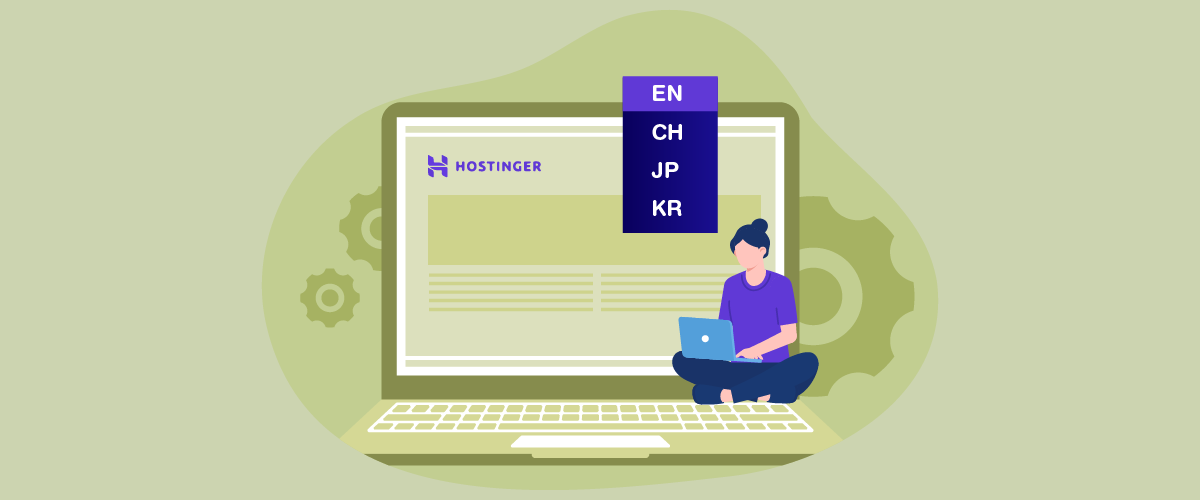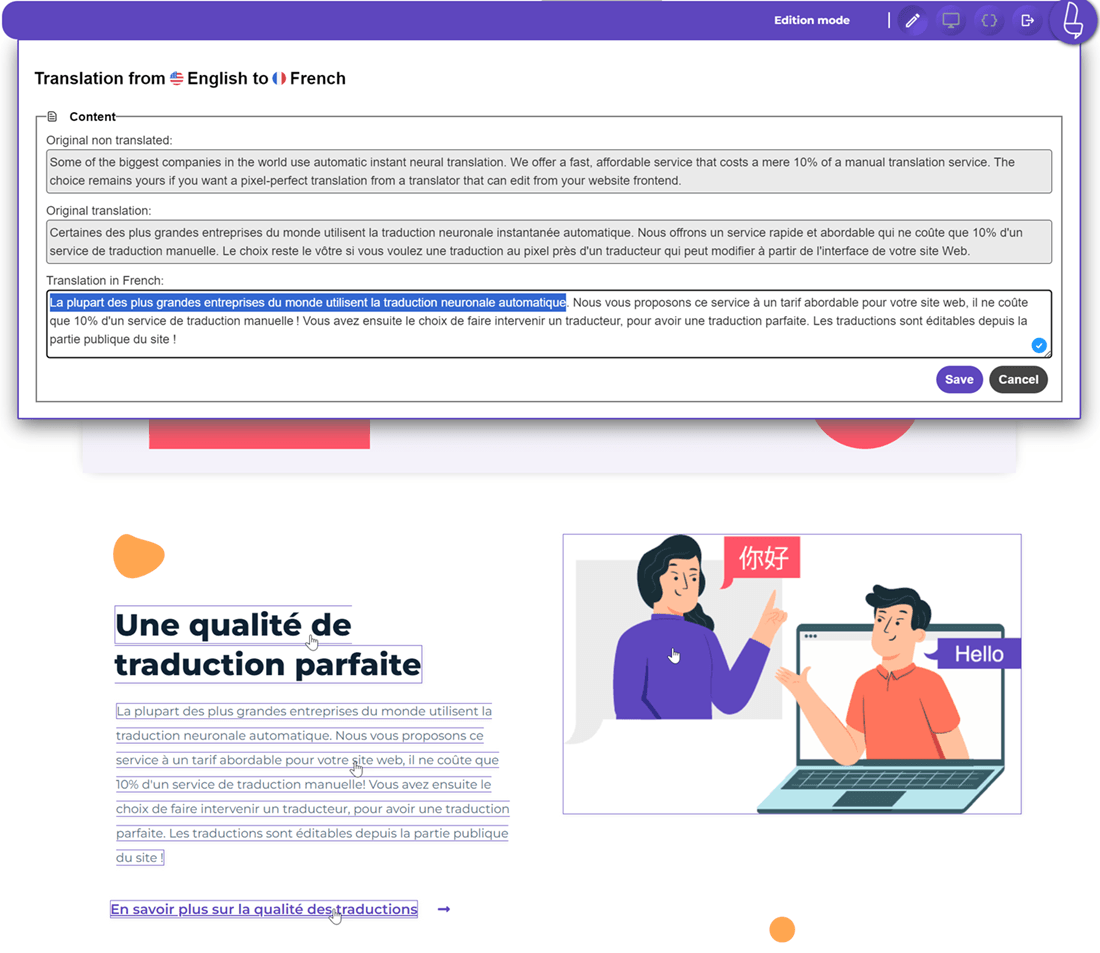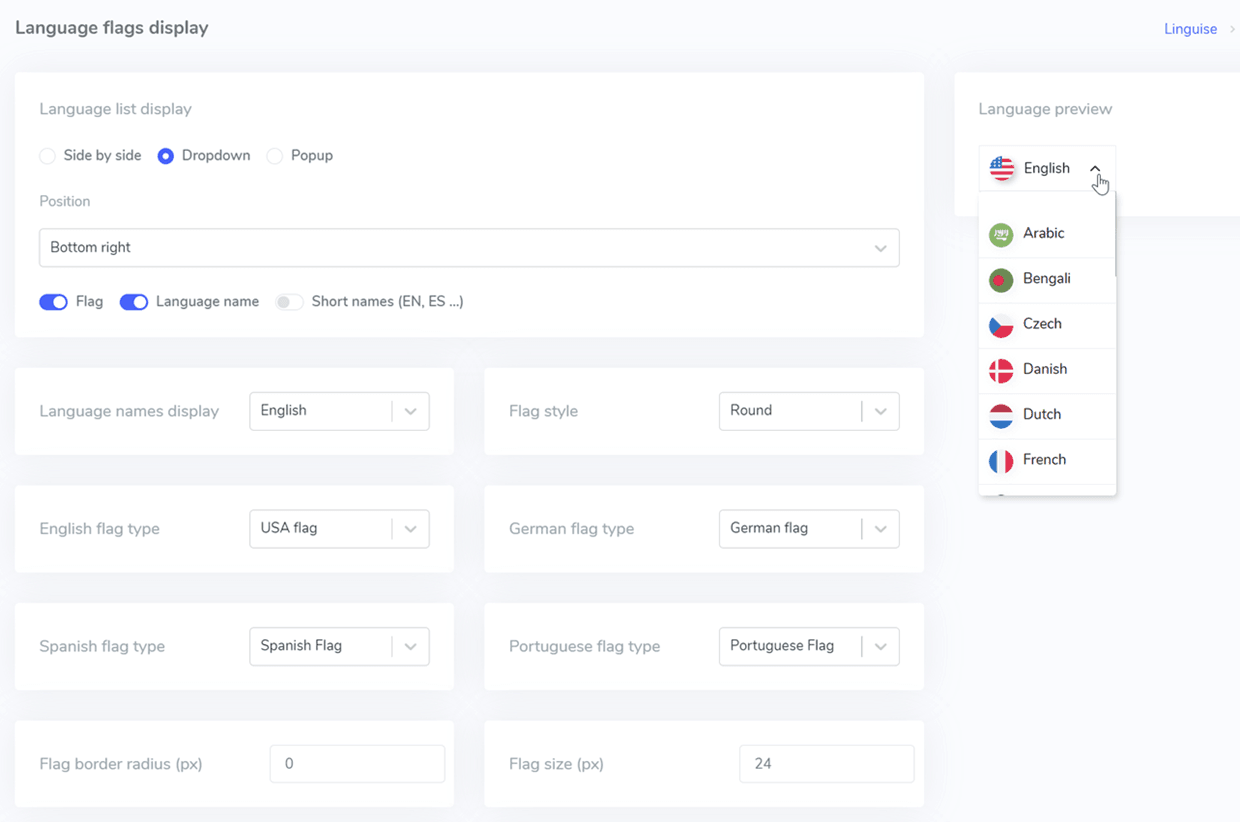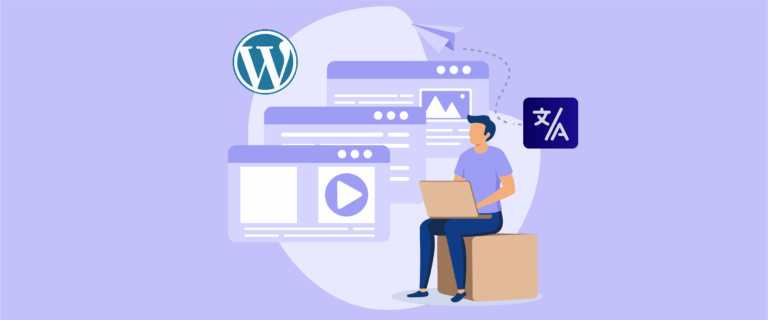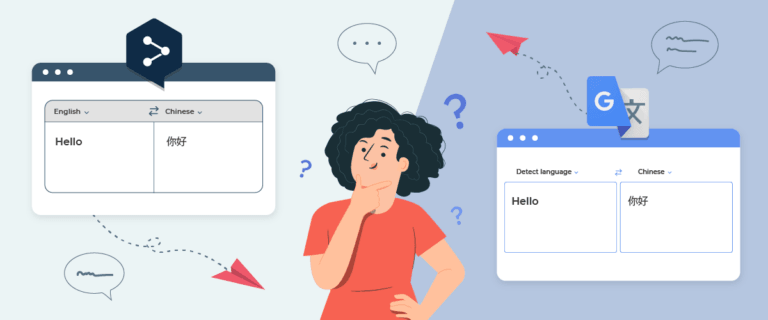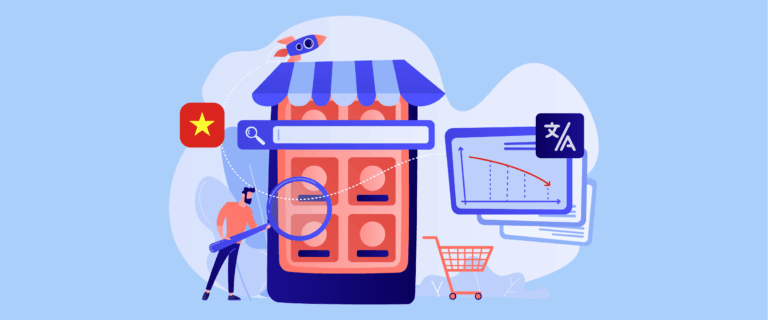Hostinger Web Builder makes it easy for anyone to create a website quickly without much configuration, but what if you want to reach visitors from different countries? This is where the auto-translation feature comes in handy. By adding multilingual capabilities, a global audience can access and understand your website without manually translating each page.
In this article, we’ll discuss why automatic translation is important for Hostinger users, the best methods you can use, and the easy steps to enable it.
Why use automatic translation on Hostinger?

Before you set up automatic translation on the Hostinger website, it is important to understand the importance of using automatic translation. Here are some reasons why.
Reach a global audience – Enable automatic translation to reach visitors from different countries without creating multiple versions of your website manually. This allows businesses of all sizes to expand into international markets in a cost-effective and efficient way. With a single multilingual website, you can cater to diverse audiences without needing a dedicated content team for each language.
Improves user experience – Visitors who can read content in their own language will feel more comfortable and engaged. This creates a friendlier, more professional user experience that builds trust in your brand and encourages users to explore your site further. As a result, your conversion rate is likely to improve because your message comes across clearly.
Supports multilingual SEO – Automatic translation systems typically support multilingual SEO features such as hreflang tags, language-specific URLs, and separate sitemaps for each language. This helps your site appear in local Google search results across different countries, increasing your chances of attracting new visitors from diverse linguistic and geographic backgrounds.
Time and labor efficiency – Manually translating each page can be time-consuming and labor-intensive, especially for websites with dynamic content. With automatic translation, the entire process happens instantly and without manual input—even for updated content.
Option to translate your Hostinger website

Before you start translating your website on Hostinger, it’s important to know what options are available so you can choose the method that best suits your needs. Hostinger provides a built-in feature for creating multilingual sites, but there are also more practical and automated alternatives. Here are the two main options you can consider for translating your Hostinger website.
Using Hostinger Website Builder's multi-language feature
The first option is to use Hostinger Website Builder’s built-in support. This allows for creating a multilingual site by duplicating pages in the default language.
However, it should be noted that this system does not translate content automatically. You’ll have to do manual translation or use tools like Google Translate or DeepL. This means that any content changes will have to be copied and translated one by one into all language versions, which is quite time-consuming if you have a lot of content.
Using a third-party automatic translation service
Meanwhile, besides using the built-in features, you can use a third-party automatic translation service if you want a more practical and efficient process. Currently, many third-party services/plugins can handle content translation automatically.
With easy integration and the ability to translate entire pages in real time, including dynamic content, you no longer need to translate manually. This solution suits those who want to manage multilingual sites quickly without sacrificing translation quality or consistency.
One automated translation service you can use is Linguise. This article will discuss the steps to auto-translate your Hostinger website using Linguise.
How to set up automatic translation on your Hostinger website

After understanding the translation method, let’s create a multilingual Hostinger website that supports multiple languages through Linguise.
Linguise is compatible with various website builders, including Hostinger. Below are the steps to set up automatic translation on a Hostinger website using Linguise.
Step 1: Make sure your Hostinger website is active
The first step is to ensure your Hostinger website is active — the design and all site pages are ready to use and integrate with Linguise.
Step 2: Prepare the required Hostinger access
Next, you must prepare several key access credentials from your Hostinger account. These are required for the integration process with Linguise, including:
- Access to the Hostinger admin dashboard
- Access to the domain’s DNS settings
Once all access is ready, you can proceed to the next step.
Step 3: Register your Linguise account & Hostinger domain
The next step is to sign up for a Linguise account. You can register for free without entering credit card information. After registering, you’ll gain access to the Linguise dashboard and be prompted to register your domain.
You’ll need to fill out several fields, account, URL, platform, default language, and translation. In the Platform field, make sure to select Hostinger Website Builder.
Next, choose your site’s default language and select one or more destination languages. Once all fields are completed, click Save to store the domain configuration.
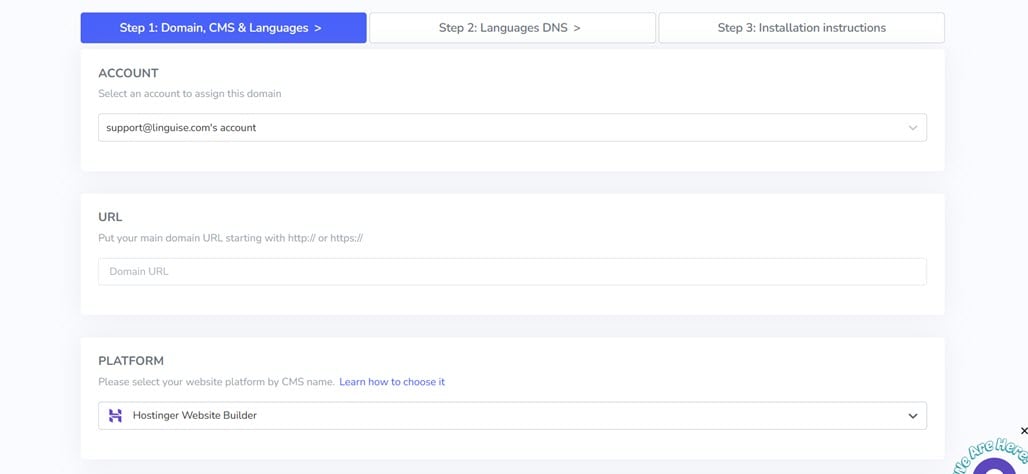
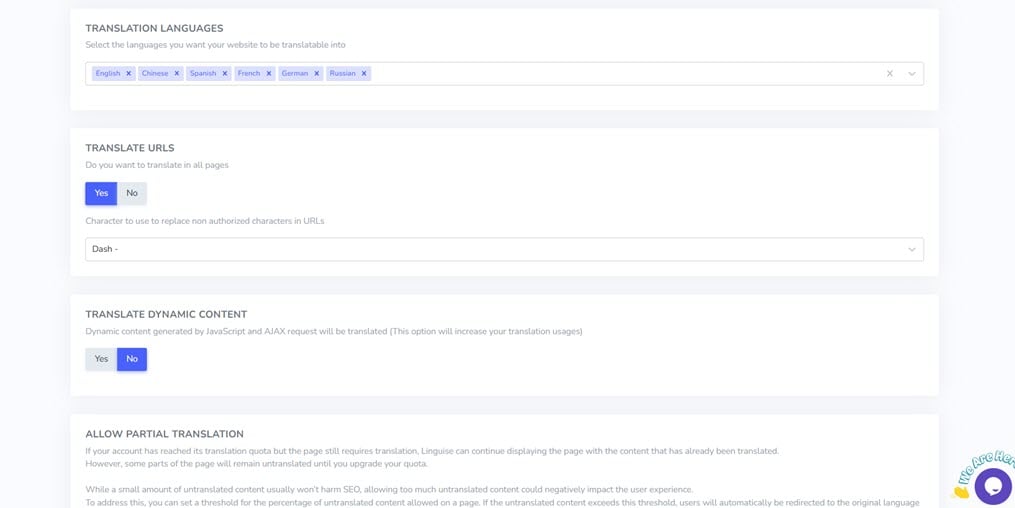
Next you need to configure DNS automatically or manually. Here we will do it automatically.
You have the option to click “Connect your DNS automatically.” This feature, Entri, simplifies the setup process by automatically inserting the required DNS records, making installation much easier.
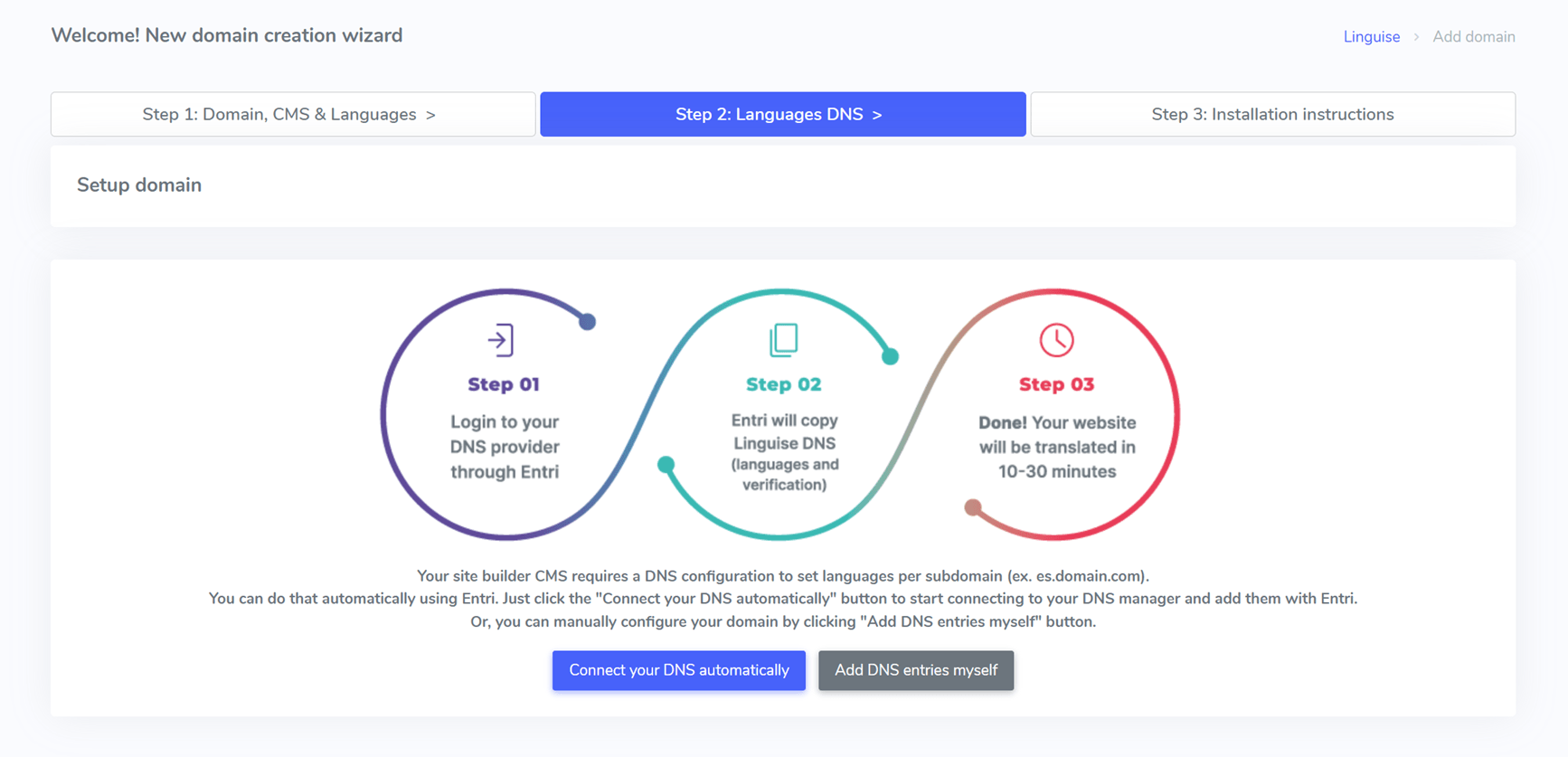
After clicking the button, Entri will scan the URL of your registered website and review your public DNS records. It will then detect your domain provider and identify the necessary DNS configurations.
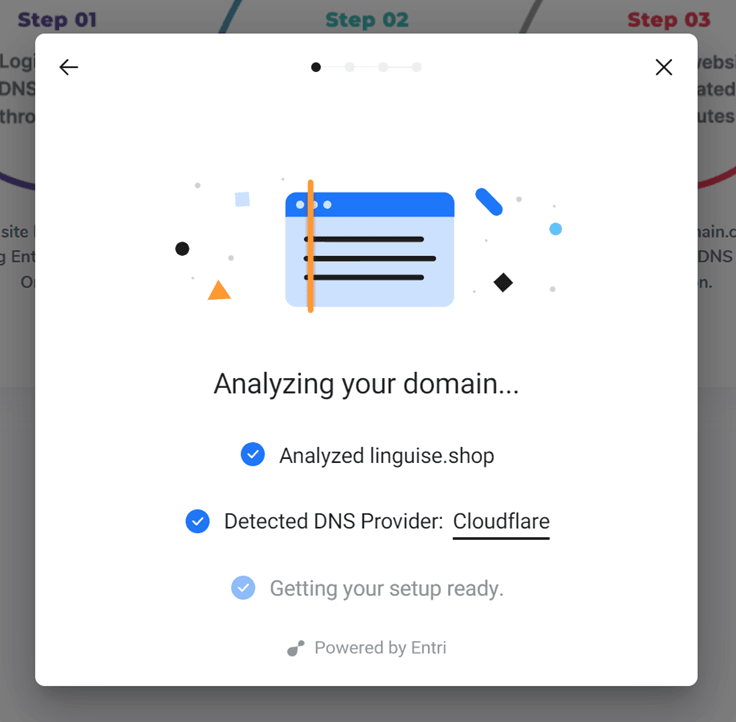
Once that’s done, you’ll see an option to “Authorize with [your domain provider]”—for example, Cloudflare. Clicking this will redirect you to your provider’s login page, where you can sign in and continue the setup.
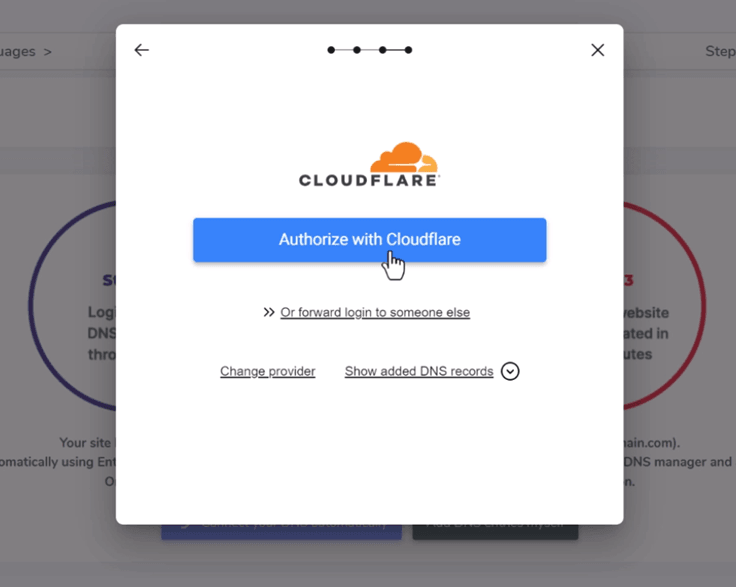
After logging in, Entri will automatically configure the DNS records on your behalf—one per language and a TXT record for domain verification.
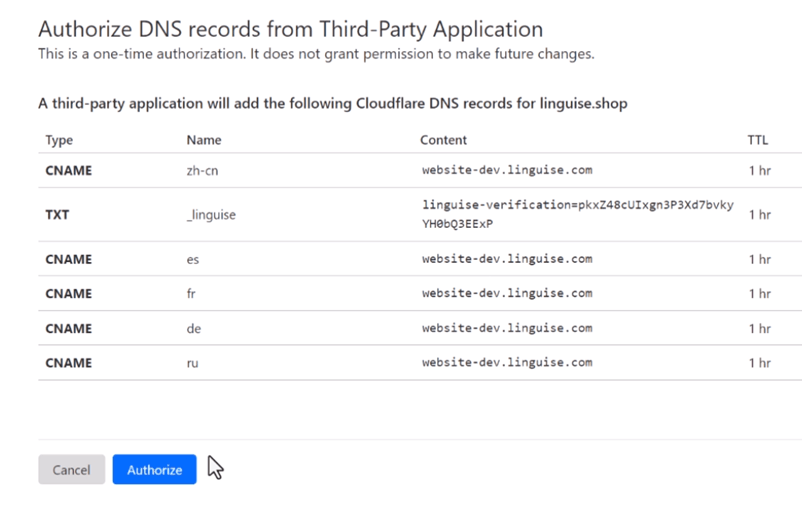
The new DNS entries will be added to your domain settings. Once this process is complete, Entri will confirm that all DNS records have been successfully configured.
Your translation setup will be ready to use once DNS propagation is complete, which typically takes around 20 to 30 minutes.
Step 3: Integrating Linguise and Hostinger web builder
The language switcher is a button that appears as a pop-up displaying flags and language names, allowing visitors to change the website’s language easily. To activate this switcher on your Hostinger website, insert a script provided by Linguise. Go to your Linguise dashboard > Settings > Copy to clipboard to get the script.

Next, open your Hostinger website editor. In the left-side menu, click on “Website Settings”, then choose “Integrations”.
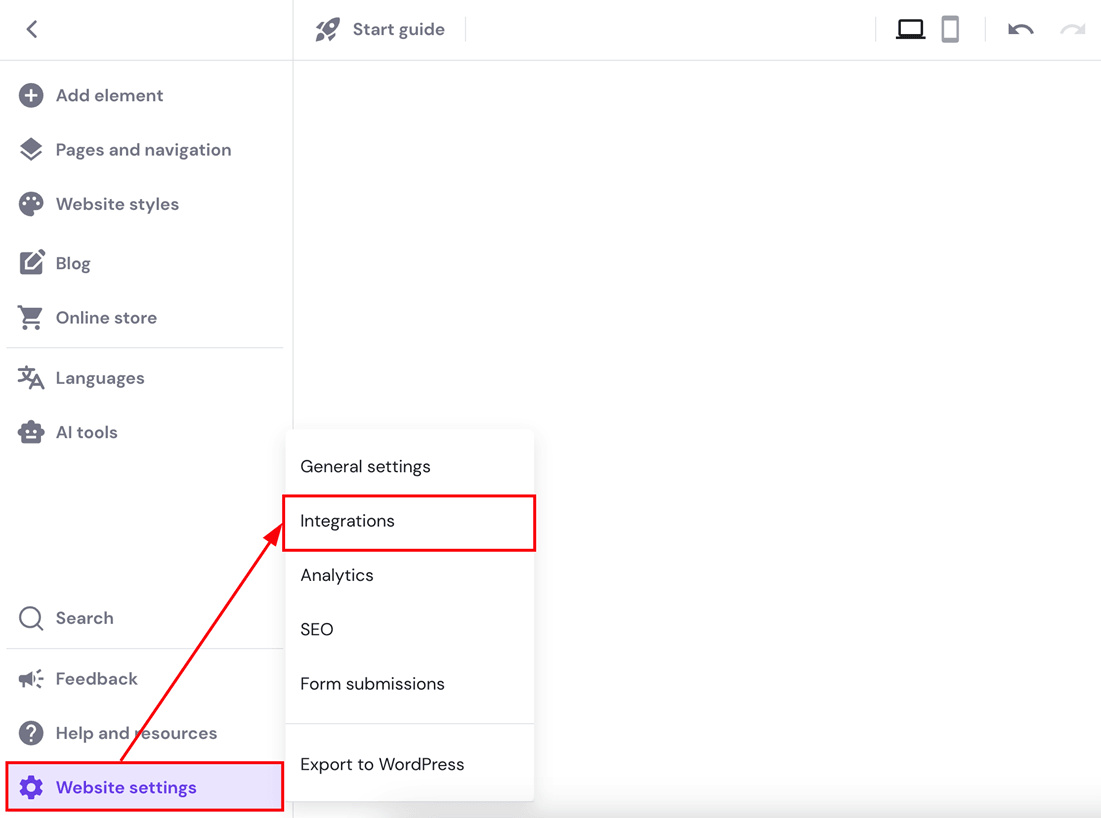
Paste the previously copied Linguise script into the appropriate field, click “Save”, and publish your website.
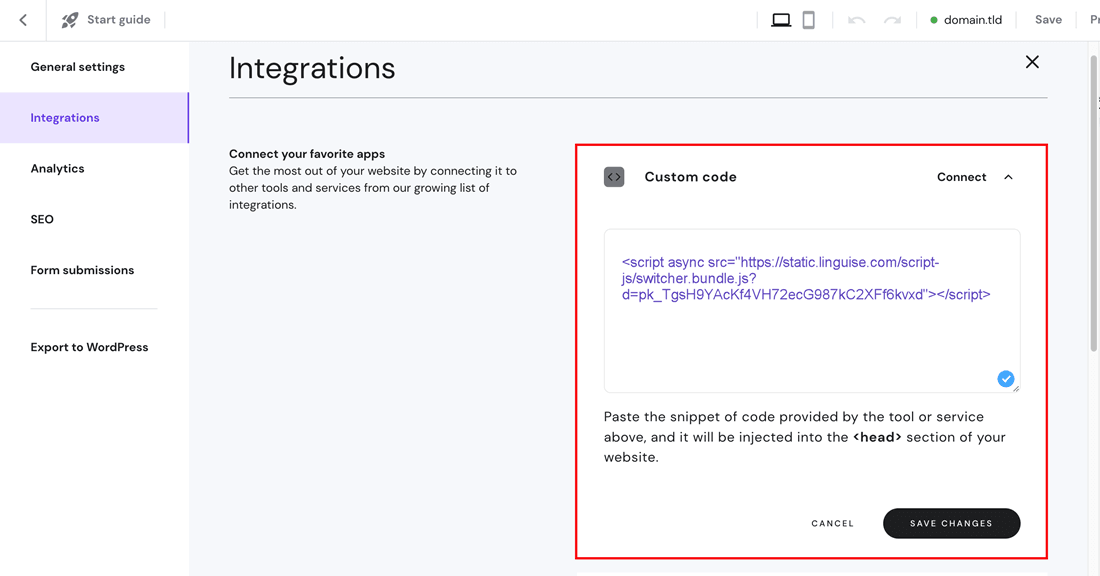
Once complete, the Linguise language switcher will appear on the front end of your Hostinger website, ready to use. Here’s how a successfully installed Linguise website looks like.

Then we will try to translate it into Spanish and it will look like this. All content will be automatically translated.

Benefits of using Linguise to translate the Hostinger website automatically

Compared to Hostinger’s built-in multilingual feature, which is limited to duplicating pages without automatic translation, Linguise offers a range of advantages that make the process far more efficient and comprehensive. Here are some of them.
Integrated with the Hostinger web builder
One of the main reasons for using Linguise is its seamless integration and compatibility with various CMS and web builders, including Hostinger. Users simply need to connect Linguise to Hostinger by adding a script provided in the Linguise dashboard. Once integrated, you can take full advantage of all Linguise’s translation support features.
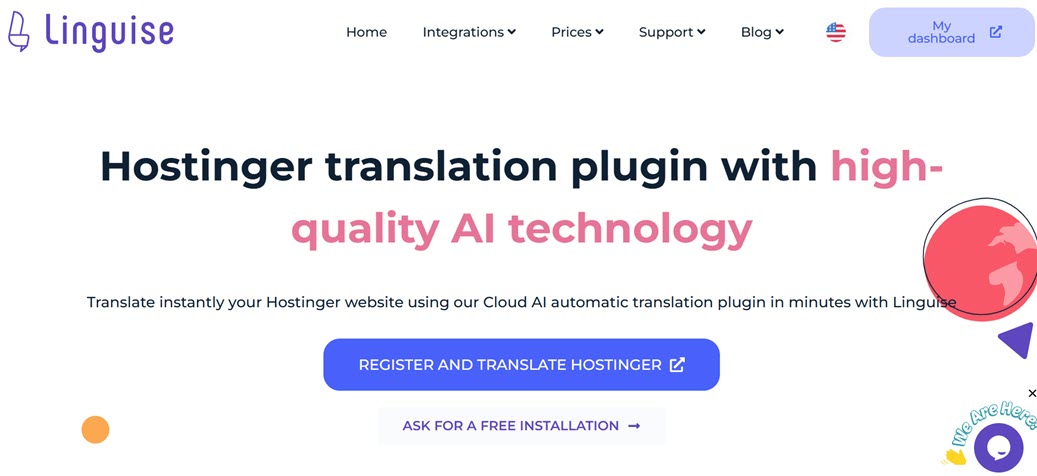
Automatically translate all pages, including dynamic content
Once integrated and activated, Linguise automatically translates all website, including dynamic content like store products, checkout forms, and other interactive features.
This differs from Hostinger’s native multilingual support, which requires manual translation for each page and doesn’t support dynamic content like online store pages, promotions, or checkout. With Linguise, all of this is handled automatically, saving time and effort compared to translating each element manually.
Localize your content with a live editor
With Linguise, you can access a front-end live editor to edit automatic translations directly on your website. If translations don’t fit the context or need adjustments, you can correct them in real time without accessing the dashboard or backend.
This feature gives you full control over the translation, ensuring that every word or phrase aligns with your intended tone and audience. So even though the content is translated automatically, you can still easily refine it with the live editor for more accurate and relevant results.
Support for customized language switcher design
Linguise lets you customize the language switcher’s appearance to suit your preferences. You can modify its position, shape, colors, language names, and even flags. This level of flexibility far exceeds what Hostinger offers, which only provides basic flag options without further customization.
Fully supports multilingual SEO
Linguise offers support multilingual SEO for your Hostinger website. Features include automatic hreflang tag insertion, multilingual sitemap creation, URL slug translation, and canonical URL usage. These contribute to keeping your website optimized for local search results in each target language, boosting your chances of gaining organic traffic from various countries.
Various additional translation support features
In addition to core features, Linguise also provides several advanced functions, including:
- Excluding specific text or pages from translation
- Adding team members as translators or admins
- Translating media and image links
- Viewing character/traffic statistics on the dashboard
- Real-time multilingual page previews
These features make multilingual website management more professional and easier to control.
Conclusion
Now you can automatically translate your Hostinger website without manually translating each page. Linguise’s seamless integration with Hostinger Web Builder enables automatic translation of all pages, both static and dynamic, that are not covered by Hostinger’s built-in features. In addition, advanced features such as language switcher customization and multilingual SEO support enhance the user experience across multiple languages.
So, if you want to simplify the translation process and optimize your website globally without any hassle, it’s time to try Linguise. Make your website more language-friendly with Linguise, a powerful and efficient automated translation solution!

